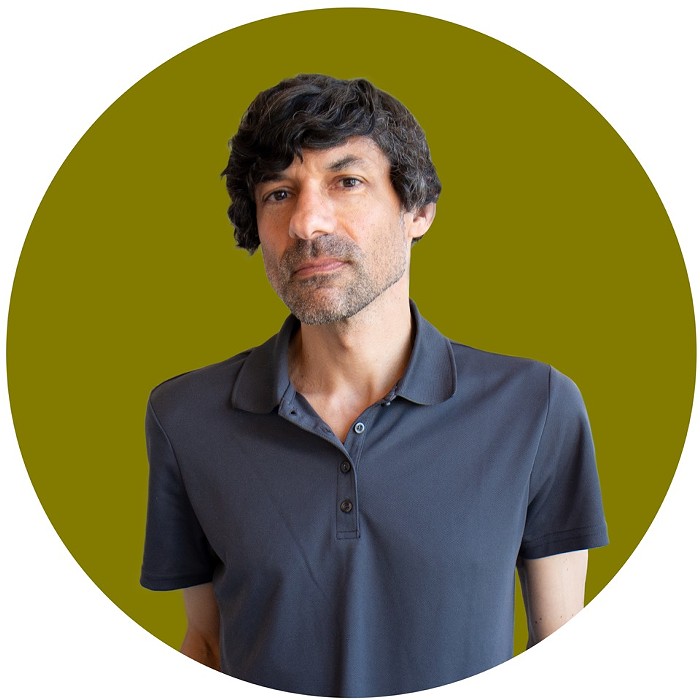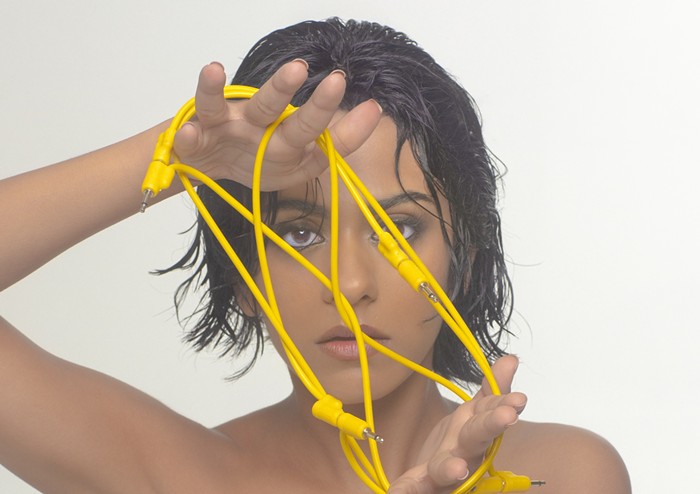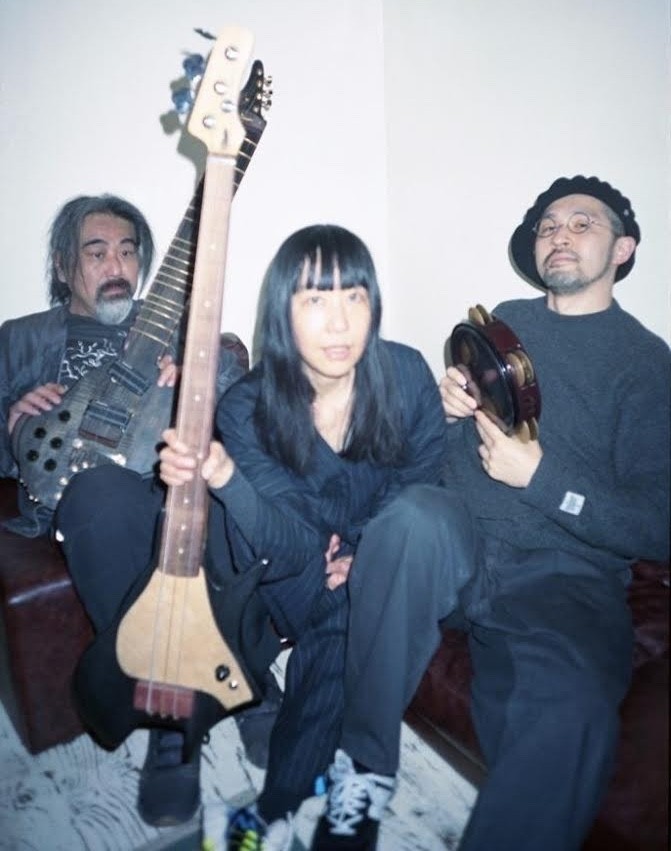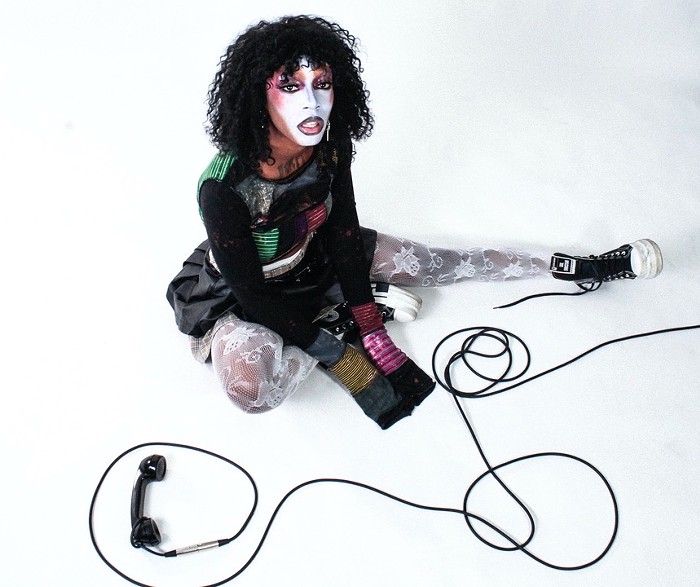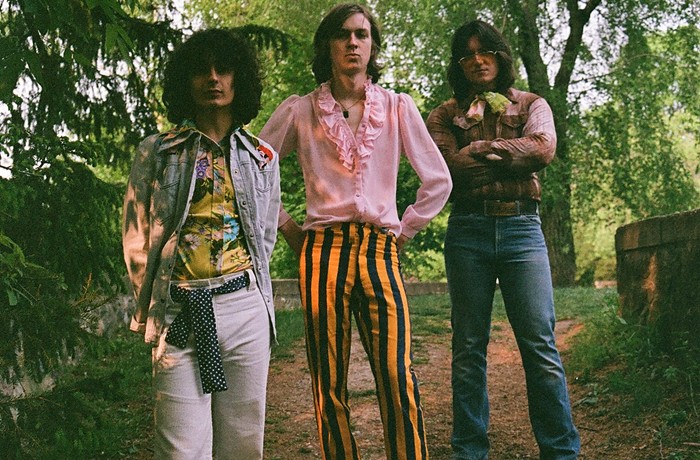20-year-old Aaron J. Altman died from an apparent overdose of the drug "Molly" after attending last Friday's circus-themed FreakNight dance party at WaMu Theater. The Seattle Times reported that 16 other attendees ended up at Harborview Medical Center, with six showing “serious symptoms consistent with drug overdose.” Officials from CenturyLink Field, which runs WaMu, canceled the second night of the event after learning of the casualty Saturday evening.
FreakNight is organized by United States of Consciousness, aka USC Events, an active, long-running presence in Seattle's electronic-music scene, specializing in booking high-priced EDM DJs in large venues. Spokesman Alex Fryer told the Times that USC stationed 326 security personnel to deal with 22,000 ravers. In addition, the Seattle Fire Department contributed 18 medics, and 32 “Conscious Crew” volunteers milled through the crowd with water while looking for any patrons experiencing health problems. USC also presented free water stations. Partiers had to go through a thorough inspection at the venue’s entrance. On FreakNight’s website, USC explicitly states in all caps “ZERO TOLERANCE FOR DRUG USE OR POSSESSION.” [See USC's official statement regarding this incident after the jump.]
Despite all these precautions, people took drugs and some paid a heavy physical price for it. Drugs at big dance-music extravaganzas are as ubiquitous as electricity and beats. Dancing for hours to repetitive music is hard, and even energetic youths need assistance of some kind—maybe something stronger than Red Bull and Clif bars. Events like FreakNight draw mostly young music fans, many of whom are out to experience shows like this to the fullest, just like hippies did at psychedelic-rock gigs 45 years ago. Responsible behavior and common sense are often not their top priorities. They frequently ingest substances whose contents and origins are unknown and laced with harmful ingredients. (Perhaps events of this nature should offer Ecstasy Pill Tests.) The documentary What’s in My Baggie? effectively portrays the gist of this situation, the result of misrepresented substances and ineffectual drug policy. It sets up a scenario in which customers remain vulnerable to dealers who only care about profit and victims have no legal recourse.
When we hear about deaths at electronic-music events, they're usually at big parties like Electric Daisy Carnival and Electric Zoo. We don’t read about this kind of misfortune at more cerebral yet still dance-oriented electronic-music festivals like Decibel and Mutek. Is this situation the result of the fans of mainstream electronic music being younger and more inexperienced with substances? Is there a correlation between accessible dance music parties held in huge spaces and more reckless behavior? I asked Decibel founder Sean Horton for his observations about this subject.
I can't speak for other organizations, but Decibel hasn't had a single drug overdose in our 12-year history. This includes the roughly 60 dB events we host annually outside of the festival.
Decibel definitely attracts an older and typically more experienced demographic. Based on a recent marketing survey, less than 4 percent of our audience is under 21 and 55 percent of our audience is over 30. Certain events we've hosted do skew younger, but on the whole we're a 21+ audience. Whether or not that contributes to the lack of drug use, I couldn't tell you. What I can tell you is that people historically come to our events specifically for the music, not to take drugs. Pragmatically speaking, if you honestly feel the need to take drugs or get inebriated at an event, you have to eventually start asking yourself, "do I really want to be here?"
We all know that when you're young, you feel invincible and often give in to spontaneity, which can lead to some bad decision-making. Knowing that kids are going to experiment, you have to call out the real problem here, which are predatory drug dealers that prey on younger audiences who simply don't know what they're buying. There was a recent documentary I saw online called What's In My Baggie? where nearly 100 percent of what was being sold as "Molly" was actually bath salts and/or other dangerous, often highly addictive drugs. "Molly" has become a blanket term for just about any pill you purchase at a large-scale EDM event these days. In most cases it's not MDMA or anything remotely close. The same thing was happening in the ’90s and early 2000s with "Ecstasy" pills, many of which turned out to contain various amphetamines.
For those of us that lived through the ’90s rave phenomenon, EDM is simply the second coming. When I look back on what ultimately destroyed the initial rave movement, it was the perception that it was a drug culture, not a music culture. You could argue the same point with disco and cocaine in the ’70s or jazz and heroin in the ’50s. Like with the rave movement, it starts with kids overdosing and leads to the systematic crack down of any and all "EDM" events across North America. As history repeats itself, I sincerely hope that those organizations and artists that are true to the music, art, and community that electronic music has cultivated for nearly 40 years don't get lumped in with what is sure to be a campaign of exploitation against EDM. It has been building up now for the past four years and last weekend's tragic event is only going to throw fuel on the fire.
On Nov. 1, news media reported that a Friday night attendee of the annual two-day FreakNight festival at CenturyLink Field died after being transported from the venue. USC Events became aware of this alleged incident just before 4 p.m. on Saturday. After discussing the situation with USC Events, CenturyLink Field decided to cancel the second night of the show just before 6 p.m.
While we have no official information about this incident, USC Events is deeply affected by this news, and we offer our condolences to the families involved. The bond between USC Events and its fans is strong, and safety is the top priority at all of our events.
USC Events has been a promoter of electronic dance music for more than 18 years. The Pioneer Square-based company has produced shows across Seattle and the Northwest, including 17 previous FreakNight events on Halloween.
Approximately 22,000 people were expected each night during this year's event. Prior to the festival, USC Events promoted its health and safety program, "The Message," through web and social media platforms. Created with input from local public health officials, The Message stressed personal responsibility and emphasized the state's Good Samaritan law...
During this year's FreakNight, USC Events' Health & Safety Director was on-site working with the venue to advise safety plans and follow best practices in crowd management.
We remain committed to promoting electronic dance music as a vibrant and vital artistic expression. We look forward to working with all interested parties to ascertain the facts about what transpired on Halloween and creating the safest possible environment for our patrons.
